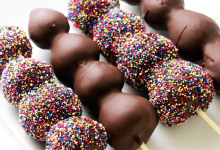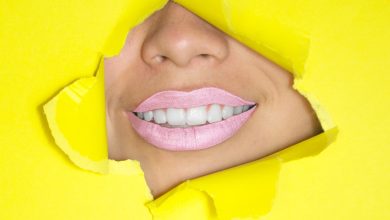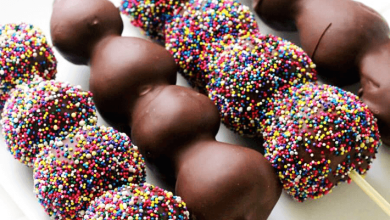Recent Articles
-
BEAUTY TIPS
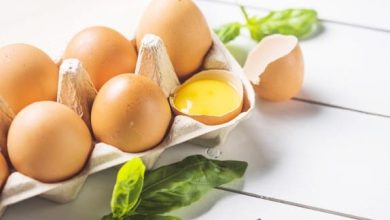
Add These Foods To Your Diet to Keep You Energized All Day
Long workdays coupled with unhealthy eating patterns leave most of us feeling like we could use more energy. Many times, we turn…
-
BEAUTY TIPS

7-Day Diet Meals Plan For Flat Belly
Are you tired of trying different diets and exercises to lose weight? You tried everything, but you don’t get the…
-
FOOD
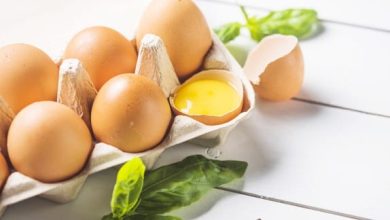
Egg Fast Keto Rules
Let me briefly summarize the topic for those who are new to it. The diet programYou are not allowed to…
-
BEAUTY TIPS
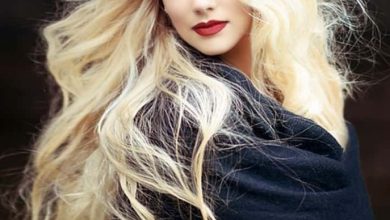
Best Home Remedies For Fast Hair Growth
Many women, as well as some men, enjoy long hair. While there are many hairstyles to choose from, nothing is…




